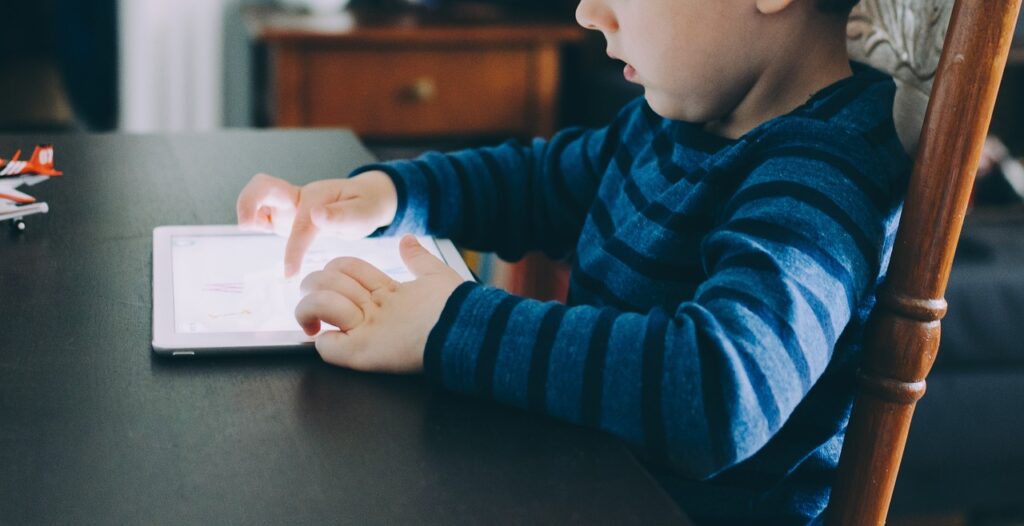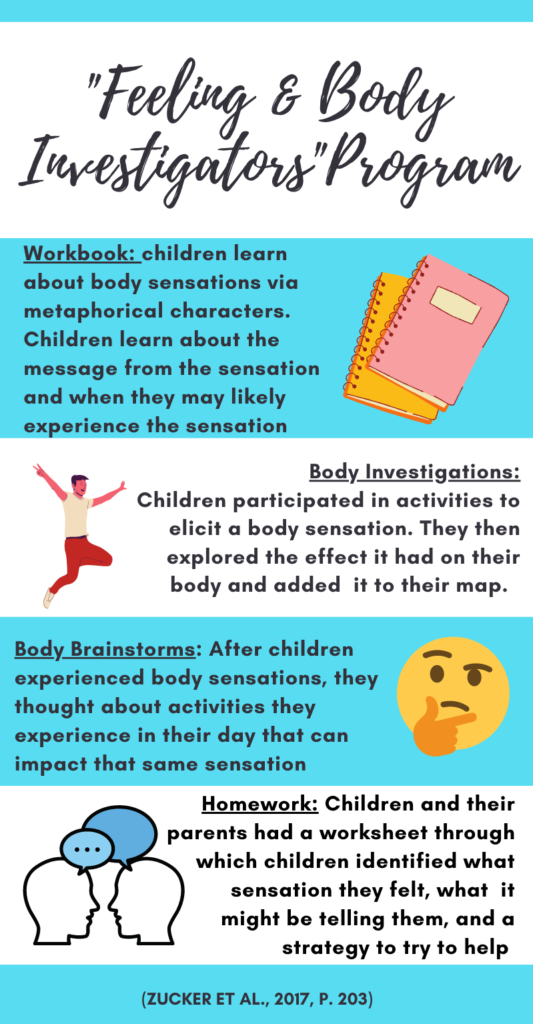
Want to Know How To Get Your Child Off the Screen?
Screen time is here to stay, but you don’t have to let it take away your child’s ability to play with real toys, have conversations and calm down when they’re frustrated without the use of a tablet or cell phone. But how? Let’s take a look at some of the psychology and sensory processing aspects of screen time to find a set of tools that will help you and your child succeed.
This post contains affiliate links.
What Exactly Does Screen Time Do For Your Child’s Brain?
One thing we know is that we get a rush of dopamine when we use a screen. Opening a new tab, fast and colorful graphics popping up in a video or game. It triggers the reward and pleasure centers in our brain, which is part of why it can become so addicting. And children’s brains are especially susceptible in the way that what they’re exposed to in early childhood is wiring their brains for what they prefer, how they learn etc.
And What About the Sensory Aspect of Screen Time?
Kids get LOTS of visual stimulation when they’re on a screen. The fast and colorful graphics, endless notifications and pop ups. It’s a lot to process (and they’re not actually processing it all, which in part may lead to them getting so hyped up from screens.) But the good news is, we can take this information and use it to help us get your child off of screens.
Any well informed OT knows that in order to “take away” a sensory activity we have to find something that provides the same or similar sensory input. So knowing that screen time lovers are getting lots of visual input, that’s exactly the kind of activities I start with when I am working with a kid who just loves screens.
My Top Activities to Try for Kids Who Love Screen Time
- Bubbles: About as classic as it gets, but why fix it if it ain’t broke? Bubbles are magical. They appear seemingly out of nowhere and just as mysteriously disappear. They are colorful and visually captivating. Eventually your child can work on motor skills by popping and then blowing their own bubbles, but for now just focus on the visually awe inducing input.
- Colorful craft feathers: I usually just will stand above a child and drop a whole bunch of feathers down above their head. My goal isn’t for the child to catch them. I’m just trying to get a child to engage with something that isn’t a tablet or phone. So by using bright and colorful feathers, I’m hoping to get their attention. You can exaggerate or make it more fun by delaying dropping the feathers by building up anticipation. Narrate it, “Oneee…twoooo…………three!”
- Marbles: Obviously be mindful if you think your child would choke on these, but they’re another simple and great toy for screen lovers. Most often I’ll sit across the table from a child and roll marbles across to them. You can encourage them to catch it with their hand or a cup, but that’s not necessary. Remember to start, we’re just trying to get attention and engagement. Motor skills can come later.
- Let’s Go Fishing Game: By far one of my favorites for kids because it’s kind of like a bridge between screens and less stimulating toys. I don’t even bother with the fishing poles to start. I simply turn the game on and off so the child can watch the fish going up and down and around and around. Maybe the child will take a fish out when we turn the game off for a moment, and that’s ok.
- Marble painting: Marbles again, but this time with paint! I love helping tech age kids fall in love with old school activities. This is one of my favorites. Get a cookie sheet, or even better, the lid of a cardboard box. Tape down a piece of paper and squirt some paint on it. Add a few marbles and go to town. This is so visually captivating and addresses a lot of motor skills too.

- Balloons: Similar to bubbles and feathers, balloons are a very fun way to capture a child’s attention if they’re always craving something visually interesting. As I’ve said (ad nauseam yet?) don’t worry about your child hitting the balloon or hitting it back to you. You can just bop it around in their vicinity with the goal that they’ll notice it, and maybe then they will engage! (Pick latex free balloons if there’s concern of an allergy!)
- Add movement to visual motor tasks. This is not one of my first activities I’d try (those are numbers 1-6) but it’s a good step to use a bridge to doing an activity. Add movement to a more typically “seated” tasks like puzzles or lacing beads. If you have a puzzle, put one piece at the top of a slide and have it ride down the slide and bump into the frame of the puzzle, which should be waiting at the bottom of the slide. Your child can then take a turn down the slide and put a piece in before they go down again. You can do a similar thing with beads by sitting across from your child. Pass a bead across the table so your child has to catch it before they put it onto a string. This again increases visual input which may capture your child’s interest.
- Balls and toy cars: You can first try to just roll these past your child to see if it captures their attention. If so, great! And if they seem like they’re interested, maybe you can try building a block tower and knocking the blocks over with a ball or car.
- Water Wow Books: These were a goldmine discovery for me when trying to get kids interested in writing. Each book has several different scenes which is white/colorless. Your child will use the water-filled “marker” to reveal color as they swipe along the page. Perfect for kids who are resistant to writing!
Tried These and Looking for More?
Once you’ve been able to get your child off the screen with some alluring visual input, let’s try to get them moving their bodies! The connection between their movement (specifically vestibular) and visual systems is strong, and movement input can go a long way in helping your child regulate! But that’s a post for another day 😉





